The surprising ways walking delivers a high-intensity workout
‘Low-impact exercise doesn’t have to be low-intensity’ – a boost to your fitness routine can come from simply changing how you put one foot in front of the other.

Intensifying your fitness routine could come from the simplest change possible: how you put one foot in front of the other.
Walking with more intensity can burn as many calories as higher-impact activities such as running or even HIIT classes, experts say. That could mean incorporating weights, hills, intervals or a faster pace without breaking into a jog.
Reba Dodge always thought she needed to spend money on trendy workouts from spin to hot yoga to get fit. But the Maui, Hawaii-based floral designer and mother of two says she gets the best results from walking.
Over the past eight years, Ms Dodge, 46, has experimented with ways to turn her daily fitness walk into a serious workout, including walking up a steep hill near her home, walking backward and carrying 1 kilogram weights.
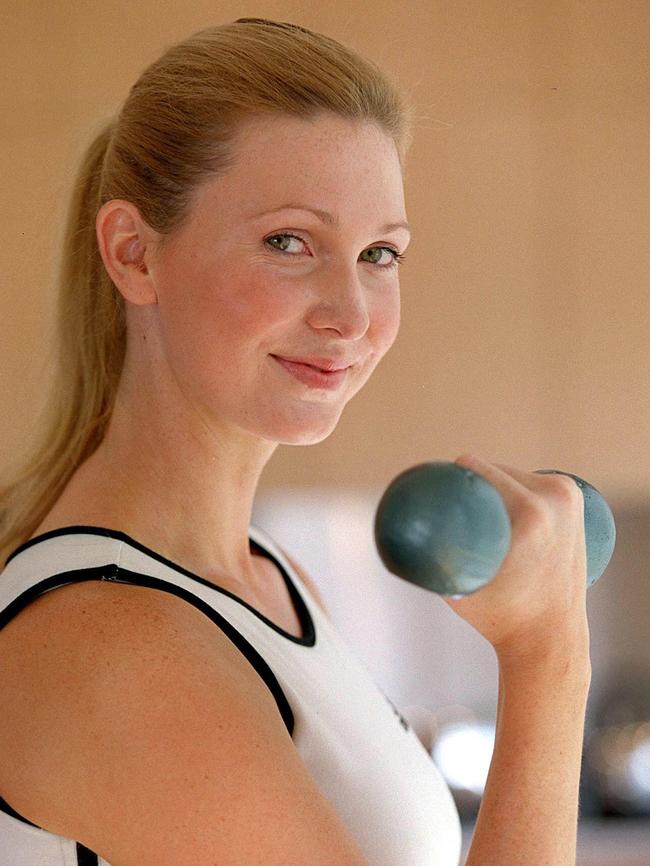
“The weights force me to engage my core more,” she says. “I’m even considering buying a weighted vest.” Walking as a workout can provide stress relief and improve heart health. It is also one of the easiest ways to achieve the weekly physical activity – 150 to 300 minutes of moderate activity or 75 to 150 minutes of vigorous activity – recommended by the World Health Organisation.
“Lack of time is the number-one excuse people give for not getting enough physical activity,” says Thomas Allison, director of the Sports Cardiology Clinic at Mayo Clinic in Rochester, Minn.
He recommends people focus on the quality versus the quantity of their steps. The latest science suggests that we don’t need to take 10,000 steps a day (about 4 to 5 miles) for improved health or longevity.
Taking an 11-minute brisk walk daily will also lower your risk of stroke, heart disease and a number of cancers, according to a study from the University of Cambridge published in February.
A daily 11-minute brisk walk can cut risk of early death, say @Cambridge_Uni researchers https://t.co/cBGbgOVXgI@MRC_Epid#Cambridgepic.twitter.com/YNW3SPT5rs
— Paul Brackley (@PaulBrackleyCI) March 3, 2023
Faster tempo
Speed up those steps and research suggests you can boost longevity. Plus, you can get the same – if not greater – calorie burn on a 20-minute walk where you incorporate intervals at a brisk pace as you would from a 40-minute walk at a leisurely pace, Dr Allison says.
Katie Breden, 42, tries to always keep a pair of sneakers in her car. The mother of two grade-school-aged boys likes to have a backup plan for when she can’t fit in her Peloton workout. She will briskly walk laps around the field during their hour-long sports practices, or walk the perimeter of the park while they play.
“So many parents sit on the bench on their phones,” says Ms Breden, a teacher based in New Jersey. “This is an easy way to squeeze in a workout, and I don’t get as sweaty as I would running or spinning, so I can go on with my day.”
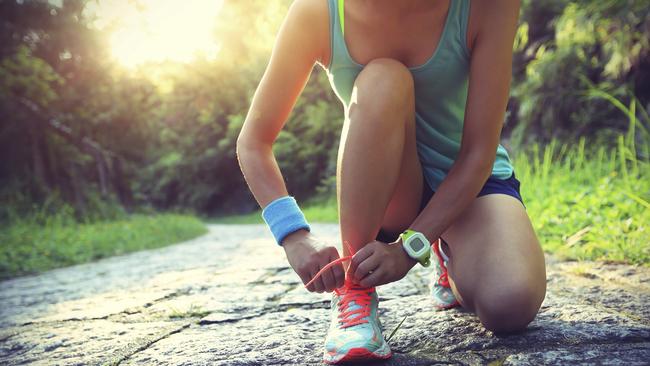
Get moving
Scoring fitness gains from walking can be as easy as putting a little extra spring in your step. A study published in the British Medical Journal in December found that the lurching “silly walk” made famous in the British TV show “Monty Python’s Flying Circus” increased energy expenditure in adults by about 2.5 times compared with their usual walking style.
The researchers don’t expect people to start walking down the street high-kicking like John Cleese’s character, Mr Teabag, says Glenn Gaesser, one of the study’s co-authors. He just hopes the study shows that you don’t need to spend a ton of money or time to burn more calories. Tiny changes in your routine can add up, especially when one is just getting back into shape.
“Upping the energy expenditure of your current movement or activity by taking higher steps a few times throughout the day can raise your metabolic rate,” says Dr. Gaesser, a professor at Arizona State University’s College of Health Solutions.
But for those looking to lose weight: Along with making healthy diet choices, you need to increase the intensity of your exercise. If jogging or running is uncomfortable on your joints, Dr Allison suggests power walking, where you swing your arms, and race walking, where one foot remains in contact with the ground at all times.
Head for the hills
Incorporating hills into your walking routine is a low-impact way to challenge the muscles and heart more, says Abrea Wooten, senior national education manager for gym company Life Time Inc. Ms Wooten walks uphill wearing a weighted vest on a treadmill to help train for ultra-marathons. “It’s so much gentler on my joints,” she says. “The incline puts less stress on the knees.” Treadmill walking got a huge boost of cool when social-media personality Lauren Giraldo’s 12-3-30 workout went viral on TikTok in 2020. The influencer says the workout, which involves walking on a treadmill for 30 minutes at the speed of 4.8km an hour on a 12 per cent incline, helped her lose 13.6kg.
Ms Wooten estimates that you can burn three to five times more calories a minute walking at an incline because of the extra work your quads and hamstrings put in. She advises gradually ramping up on the treadmill rather than jumping straight to a 12 per cent incline. Start at 0.5 per cent or 1 per cent and add 1 per cent to 2 per cent every week.
Maintaining proper form is also important to get the most benefit and avoid injury. “If you need to hold on to the front rail of the treadmill, you should have slightly bent arms and keep your posture tall,” she says. “If you’re holding on for dear life and leaning back with straight arms, you need to ramp down the incline and pace.” Leaning back disengages the core muscles, she says. Ideally you will find a pace that allows you to pump your arms.
Ms Wooten suggests mixing up the types of walking you do every few months to keep the body challenged. On vacation, walk on the beach where the uneven sand works your stabilising muscles. Find a new route in your neighbourhood with rolling hills.
“Low-impact exercise does not have to be low-intensity,” she says.
The Wall Street Journal


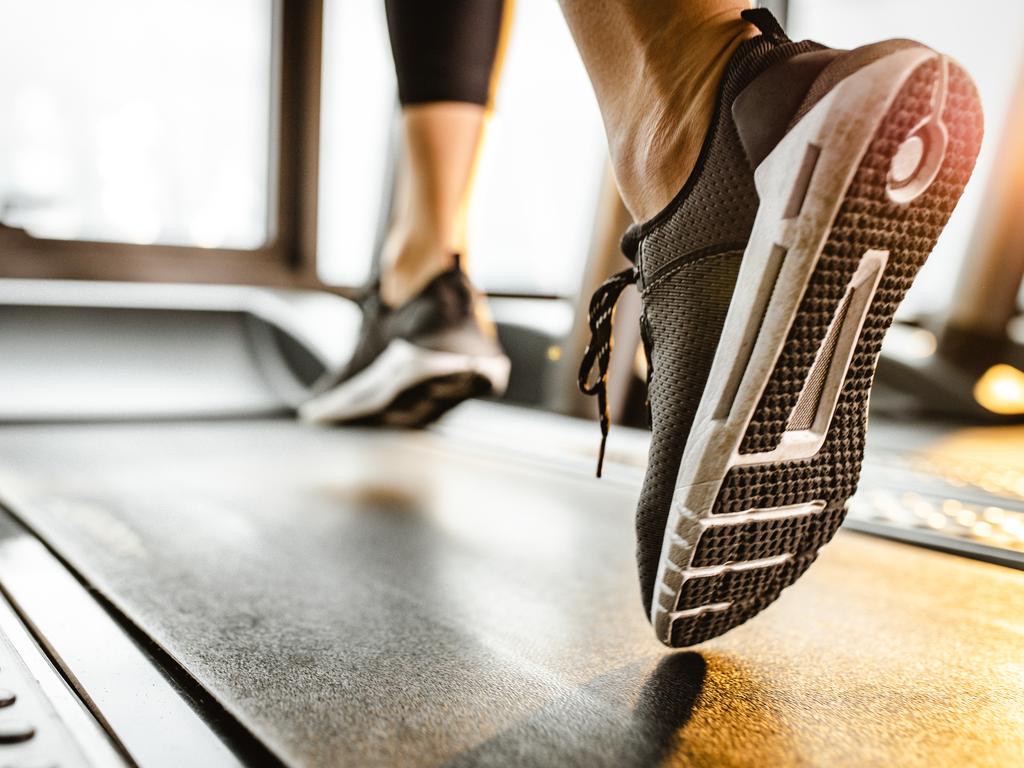
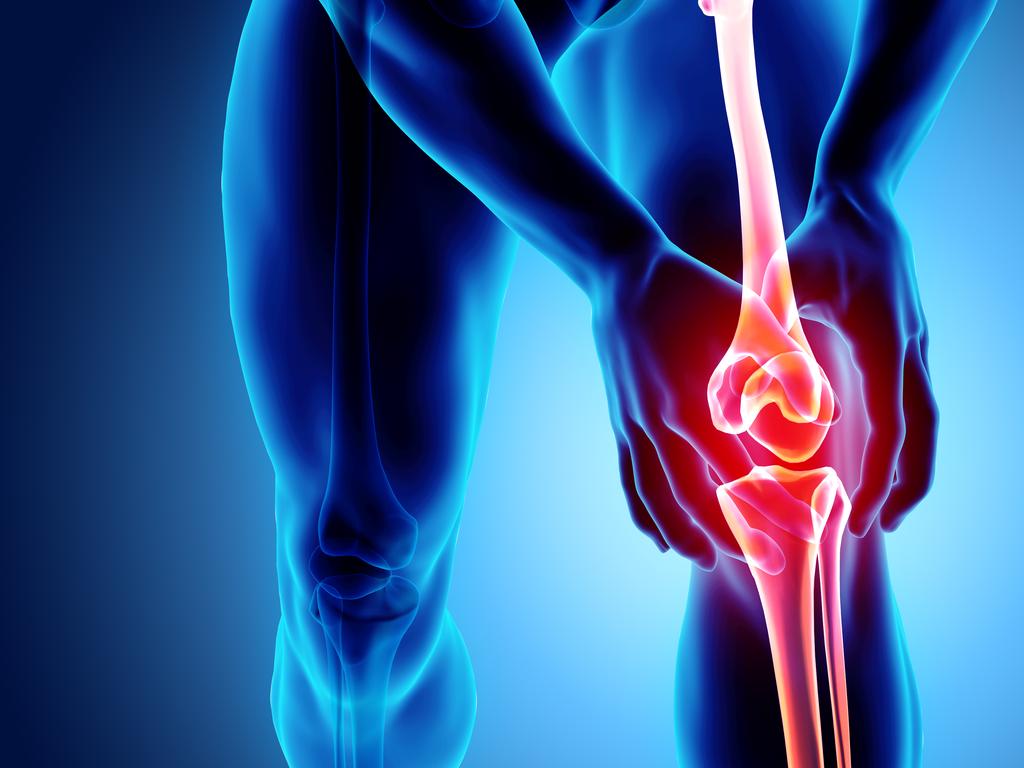
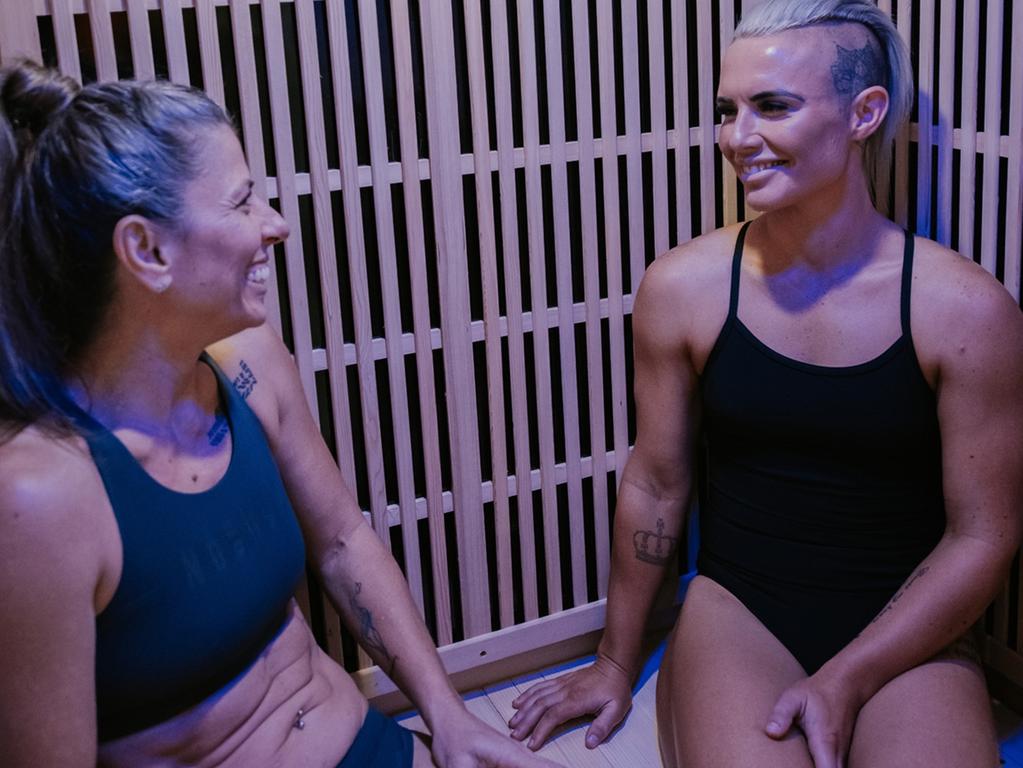
To join the conversation, please log in. Don't have an account? Register
Join the conversation, you are commenting as Logout